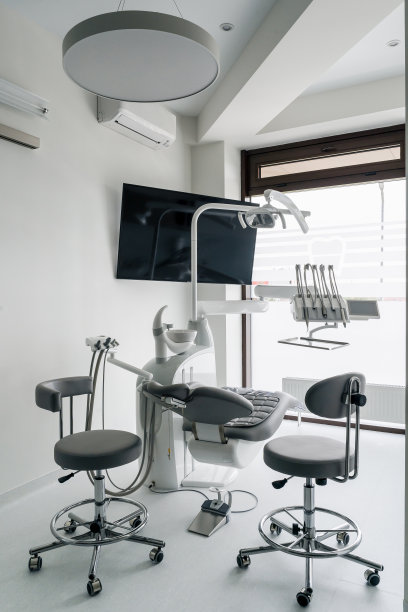Essential Precautions You Need to Follow Before and After Getting a Dental Filling for Optimal Results
Summary: Getting a dental filling is a common procedure aimed at restoring a tooths functionality and preventing further decay. However, to achieve optimal results, patients must take essential precautions before and after the treatment. This article outlines four crucial aspects: preparing for the filling appointment, understanding the procedure, maintaining post-procedure care, and recognizing potential complications. Each aspect provides insights into what patients should anticipate and how to ensure a successful recovery. Following these guidelines not only alleviates anxiety but also facilitates a smoother dental experience, leading to lasting health and comfort.
1. Preparing for Your Dental Filling Appointment

Preparation is key to ensuring a successful dental filling experience. Begin by discussing any concerns with your dentist during the preliminary visit. This includes informing them about your medical history, allergies, and current medications. Being fully transparent helps the dentist tailor the approach to your specific needs, thereby reducing risks related to the procedure.
Additionally, consider scheduling your appointment at a time when you can refrain from eating for a few hours beforehand. Having a slightly empty stomach can help reduce discomfort during and after the procedure, particularly if anesthesia is used. Moreover, ensure you have arranged for someone to accompany you post-procedure, especially if sedation options are being utilized to manage pain.
While waiting for your appointment, its also beneficial to educate yourself about the types of materials that may be used for fillings. Different materials (such as silver amalgam or composite resin) have distinct benefits, and understanding these helps you make informed decisions in consultation with your dentist.
2. Understanding the Dental Filling Procedure
Understanding the dental filling procedure can significantly ease any anxiety you may feel. The process typically begins with the dentist administering a local anesthetic to numb the affected area. Once numb, they will use a dental drill to remove decayed tissue from the tooth, ensuring that the filling adheres properly and preventing future damage.
After cleaning out the tooth, the dentist will fill the cavity with the chosen material. Some materials require additional steps, like curing with a special light for composites. This process can vary in duration but generally takes about 30 to 60 minutes. Being aware of these phases can make the procedure feel more manageable and less intimidating.
Finally, be prepared for a brief adjustment period after the filling. Your dentist may ask you to bite down on a piece of wax to ensure that your bite feels aligned. It’s crucial to voice any discomfort or issues immediately, as proper alignment is essential for the success of the filling.
3. Maintaining Care After the Procedure
Post-procedure care is vital for ensuring that your newly filled tooth heals correctly. Following your filling, allow the anesthetic to wear off completely before eating or drinking to prevent accidental bites or burns. Stick to soft foods and avoid sticky or hard items for at least a few days, as your tooth may still be sensitive.
Good oral hygiene practices should continue after the procedure. Brushing and flossing around the filled tooth is essential to prevent decay from returning. Using a fluoride mouthwash can also aid in strengthening the enamel surrounding the filling and preserving its integrity.
Keep an eye on the filled tooth for any irregular sensations. Its normal to experience some sensitivity after the filling, but if the pain persists or worsens over time, contact your dentist promptly to address any potential complications.
4. Recognizing Potential Complications
While complications after dental fillings are rare, being aware of potential issues can help you react promptly. For example, if you notice persistent pain or swelling after a few days, it could indicate an infection or a malfunction with the filling. Knowing when to seek help can prevent more severe dental issues in the future.
Another potential complication to note is sensitivity to temperature changes. If consuming hot or cold beverages causes pain, this could suggest that the filling is too high or that nerve irritation occurred during the procedure. Visit your dentist to have your bite adjusted, which can alleviate discomfort.
Lastly, be cautious of allergic reactions to the filling materials. Though rare, signs like rash or swelling could indicate an allergy. Should you experience such symptoms, reach out to a healthcare professional immediately for assessment and treatment.
Summary:
In summary, preparing effectively for a dental filling appointment, understanding the procedure, maintaining proper post-care, and recognizing complications are essential for optimal oral health. Each step plays a crucial role in ensuring a smooth process and lasting success. By taking these precautions, patients can enhance their experience and promote a healthier smile.
This article is compiled by Vickong Dental and the content is for reference only.



